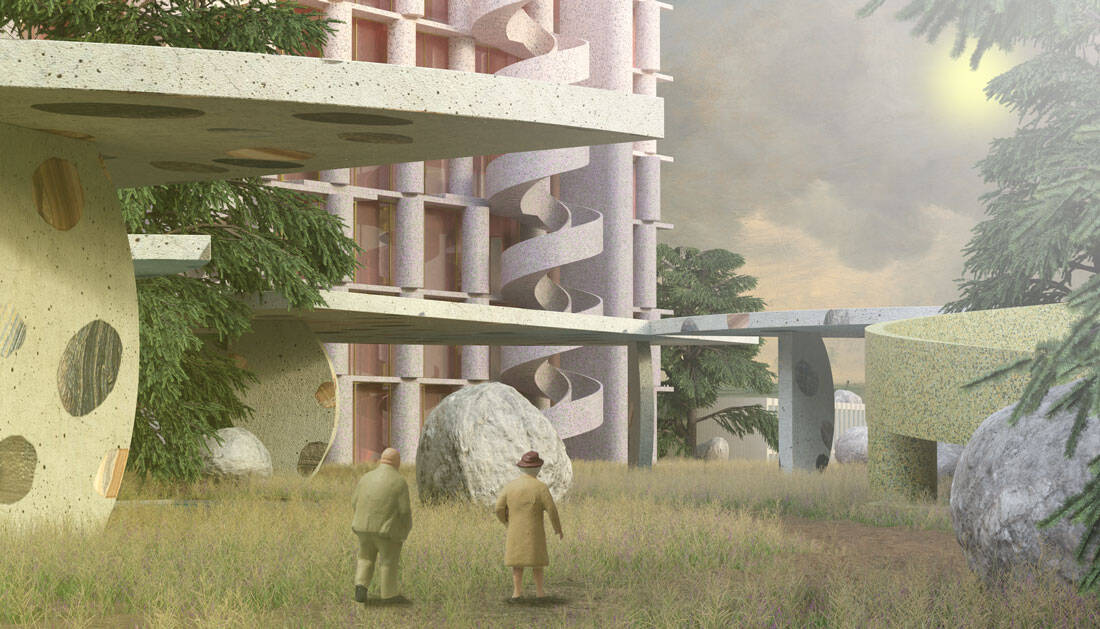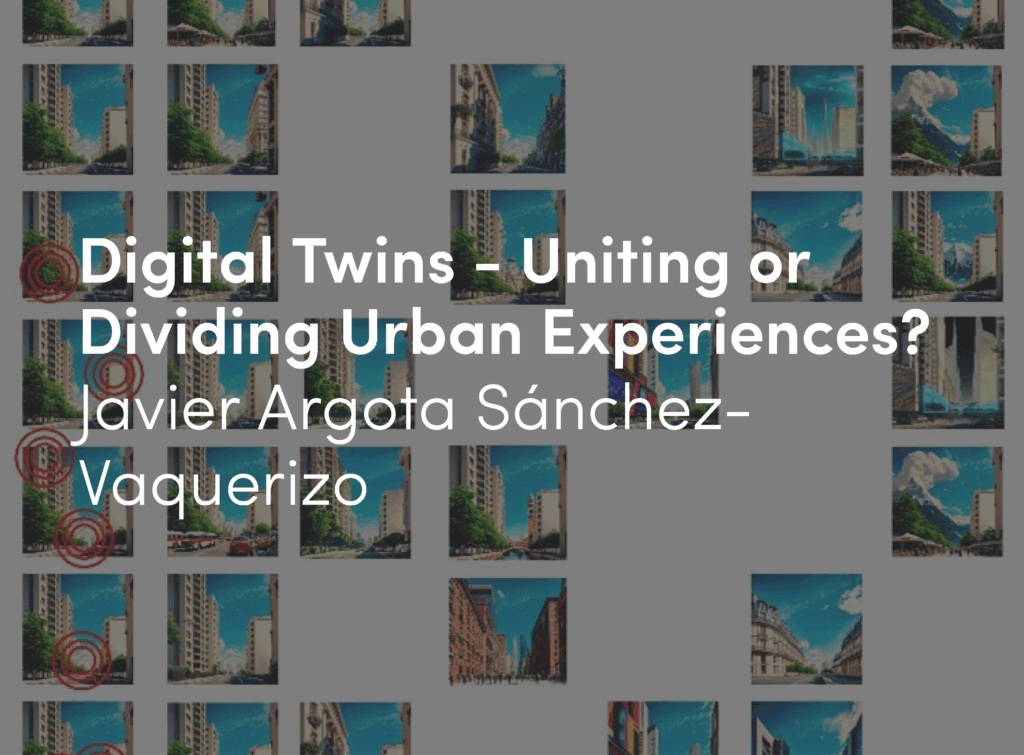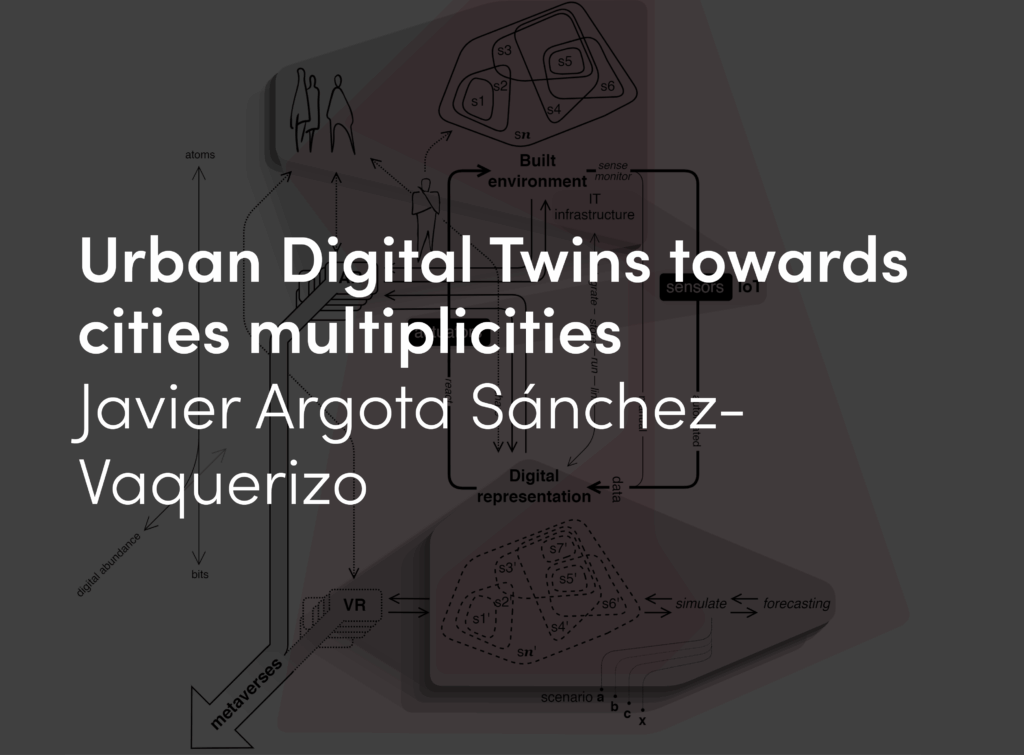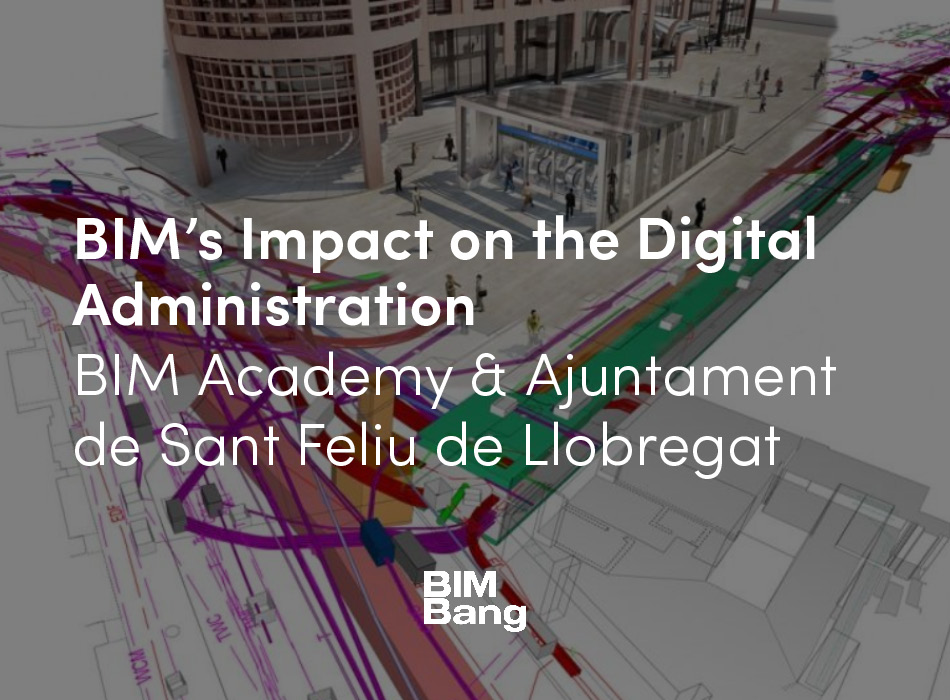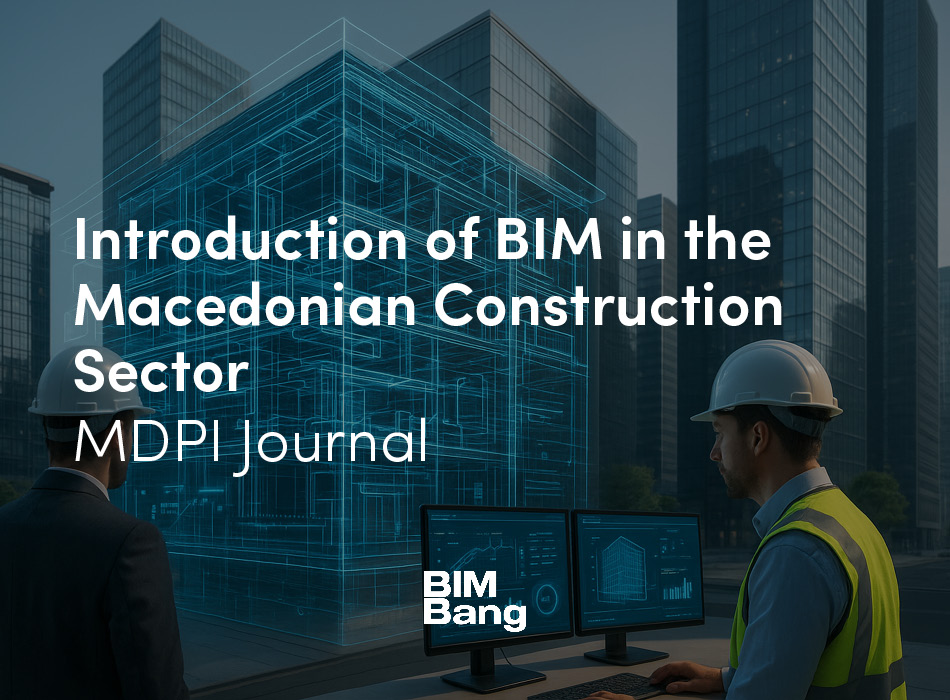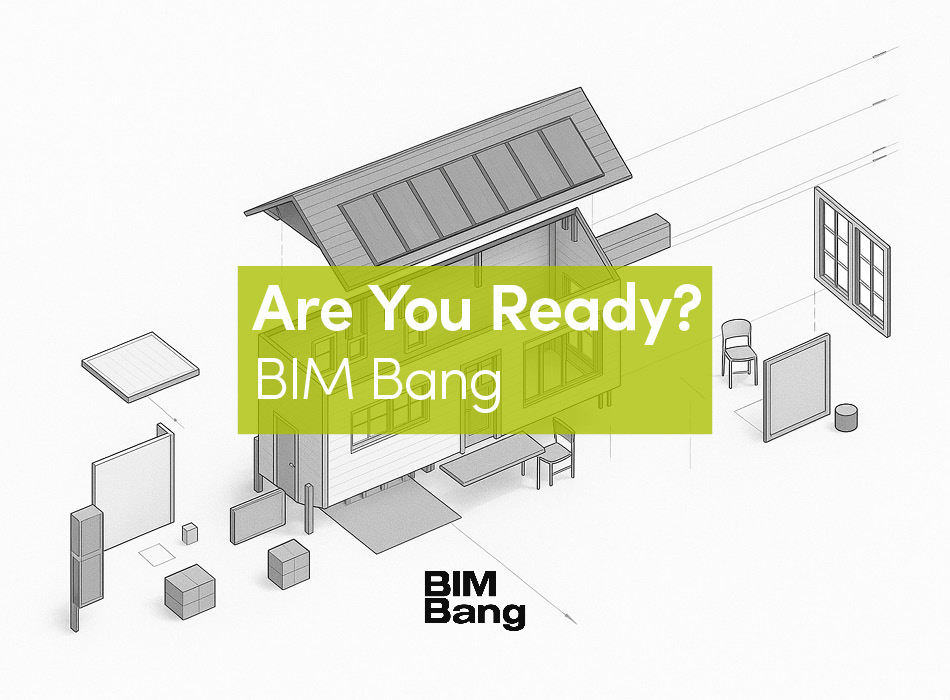There are a lot of pictures and images to look at in the world now thanks to the cultural clearinghouse of the internet and social media, books, magazines, and friends. Some are spectacular, some are gross, some are funny, most are ordinary, and some are pretty boring. This firehose of visual culture captures most of my attention, and as I’ve entered my forty-fifth year looking at things my eyes get a little glossy at interesting things. Where the novel and saturated picture used to occupy my mind for long periods of time, I now find more enjoyment, depth, and attraction with the boring and mundane things. Part of this is exhaustion, I suppose, but another reason is that there is somehow more feeling and complexity in the depictions of the weird parts of the world. The wonderful is obvious and remarkable, but it’s also known and knowable. There’s no wilderness to the spectacle and no confusion with novelty. Those things are immediate and “speak” to us. The interesting aptly communicates what it is, and as a viewer, I like it or don’t, but there isn’t much room for thought, just appreciation. The boring offers more space for thought, or even more space to drift. It doesn’t always have a point, or even a comment. It’s a nebulous body of things that often confuses and makes one curious about motive or composition or points.
Perhaps the underlying problem with the interesting (or at least the reason for my lessening of interest in the interesting) is that it works within the conservative model of “taste.” You can like it, or not, but that feeling reflects whether you accept or reject its extension of an established cultural project. There seems to be no model allowing one’s indifference about interesting things. There is a belief about “taste” that it’s a real thing, and that, more than it just being an existential characteristic or quality one might “have,” it is in some way evidence of some intellectual or moral superiority an individual possesses. That it is often just accepted without much examination seems to only serve the status quo interests of the generationally wealthy and powerful. This existence in the world of distinction and efforts to constantly capture our attention (through our eyes) tend to make us unfree.
Boring things open the world up. There is no request for attention or need for applause or approval. It’s boring. It’s already something with little (initially) to offer. Boring and dull things are empty. However, it’s this void that allows for things which are normal, anonymous, and quotidian to become weird and strange and make space for the imagination. It’s a free space in all the ways that interesting things are a closed room.
Anyhow, no one knows what anything is anymore. The idea of there being any sort of coherent field of architecture disappeared shortly after information became a consumable object. Architecture became a solvable problem that parametric tools could give us the complete models to understand and optimize. Aesthetics could be freed from politics and opinion and handed off to the discrete curves of calculus.
None of the architectural promises from the past seem to have really made anything better for everyone. There’s a lot of bizarre things around now, and they all seem expensive and only sometimes well done. They also all kind of feel like successes that benefit only a really tiny amount of people, often at the debasement and expense of large populations of other people. It’s hard to feel really optimistic or confident about the future, which makes for kind of a weird anxiety about the architectural present. What is it? It’s no longer clear where it’s going and even less clear now where it’s come from.
It’s difficult to imagine any kind of original architecture at this point. Architecture has never been less certain. That the stakes are often described as never having been higher should be the tell that they are perhaps quite historically low. When everything is urgent, nothing is important. When nothing is important, everything becomes a magnetic north of its own.
Architecture became closed at the exact moment it mastered being interesting. Spectacular architecture has been a goal in the field and the academy for so long that its own set of rules, tricks, and best practices developed. Technology replaced ideas. The fuzzy overlap of the art market and easy money made its funding doable enough to make it happen enough to make it no longer so special. For every Guggenheim, there are three more Guggenheims. Everything is so complex now, so on-demand, and parametrically controlled from mine to skyscraper. No geometry is impossible and no expenses spared. Hats can only release so many doves before you long for when they simply contained one’s dandruff. That kind of thing.
But this intensification of effect, expense, immediacy, and urgency also suggests an escape path: indifference, carelessness, normalcy, and dumbness. Architecture has developed into a new market commodity no different than the smart thermostats specified to sit on its walls and spy on its inhabitants. Social space is no longer well served by architecture; it’s too prescribed and prescriptive. We are told the future is smart cities and smarter buildings, but all we really want is to be left alone in peace for a few spare minutes. Special no longer surprises. Interesting is just exhausting. When the world is full of originals, being normal is the scariest form of expression.
Being dumb exposes the disposability of uniqueness.
Dumb space is the rejection of the fringe, which is oddly crowded. Having mastered spectacle, dumb space turns attention toward mastering sameness. Dumb space finds the suburbs more compelling than the “city.” It confuses big and small, lets the most minor of parts play leads, and gives the largest profile the more trivial tasks. Dumb space is the vaguely familiar and contains a lot of things that by themselves are entirely unremarkable and even super common to the degree that you don’t even question their authority. Yet they don’t seem to be quite right, or the same as you remember them, but then again you can’t quite recall how they were before anyhow, since even back then they were only the smallest of things, with no real importance and certainly no significance. Dumb space is a fit that is both too roomy and oddly confining. It’s the space of choice. It’s a construction of a rejection of the state of the world and a decision to create a new one without bothering to replace the details. Dumb space is a colony of things that don’t belong together but don’t necessarily not belong together either. You don’t really know. It doesn’t feel right, but it feels more right than you’ve felt in a long time. Dumb space is the suspicion of obligation. It’s the freedom to be inactive. It’s an inert request. Dumb space thinks the wall is just as important as the door and wonders if the coat hook is actually a king. Dumb space creates room for careless combinations and new architecture with minimal effort. Dumb space looks for noodles, gets thrilled by squiggles, and allows for things to get weird. Dumb space isn’t nostalgic for an excavated past or fixated on distant technological future. Dumb space is pretty happy with later this afternoon. Dumb space is so normal and pragmatic. Architecture is more interesting when it’s not entirely clear where the effort exists.
Anyhow, no one can afford boring anymore. A long time ago, if you bought generic or lesser quality, it meant you were subjected to generic or lesser quality design, meaning thought and effort. This meant things or spaces were unadorned, undecorated, and more or less looked like the most pragmatic version of that thing possible. If you weren’t rich, your kid’s toys, your toaster, or whatever, was guaranteed to be bland, dull, boring, empty, and without refined detail, decoration, or material variety. At some point that changed (probably around the mid-1970s, since I can remember some pretty boring toys and things early in my childhood and a clear lack of them in later parts of childhood). And the ease of manufacturing and the expansion of inexpensive material possibilities meant that clutter became common. Variety was introduced as a universal positive, and combinations of shape, materials, and spaces were given to everyone at every scale.
There are no boring toys at Target.
For dull toys one needs to go to Galt Baby. What was once the only choice for those of fewer means has become out of reach for most, as everyone except for the rich have no choice but to live interesting, saturated, visually busy lives. Boringness, it turns out, is a luxury.
To return to the problem of the world of interesting things, there is no space inside. It is suffocating. All oxygen is consumed by the object or architecture “expressing itself” at volume. I get a headache. Dumbness gets that being left alone and daydreaming feels much better than seeing things perform. Dumbness also gets that perfect and clean is just as awful as interesting but perhaps at the opposite side of terrible, since it condescends about order.
Fuzziness and awkward positions make for an architecture that levels a critique against architecture of expense through finding a way to be complex without money.
To this end, architecture has sort of found itself stuck in a trap as of late. Whereas the normalizing regulations that are zoning and building codes have produced a world that either looks to replicate the status quo and express normalcy, or imagine itself as misbehaving and produce some form of specialness. This gives us a world in which architecture finds itself to only have these two options either being some version of monument or else, existing as the crowd. Dumbness is a belief in architecture to also be not-normal but also not-special, a kind of fuzzy thing that seems both straight and crooked simultaneously. This is confusing if only because staring never seems to make the thing clearer. The desire for monumentality or context both fail the world because they exist in a very conservative moral code of the individual. In architecture as it’s stuck today there can be no other manner of existence, and the result of this is a vanity fair of novelty, expressions of wealth, expressions of modesty, expressions of morality, and peacock-like demonstrations of individuality in which someone doesn’t resist the world they pretend to be against, but simply celebrates the cultural hierarchy of material. Architecture either subjugates the ego or permits expressions of it, but there is never anything weird about anything anymore, and the wild investigations into novelty feel as flat and soulless as the flat and soulless mediocrity they claim to escape from. Both are morally identical in their mapping of an architectural ambition to the imagined possible roles of the human ego, and this replication of ambition (even if the product is superficially at odds) reduces architecture to a trivial object regardless of its actual design.
This is the circumstance that the built world has constructed for itself, and it’s evidenced through the objectification of architecture in the public arena, as well as the education of the architect in the institution. Students are taught to either stand out with some formal invention or to “contribute to the betterment of the planet” through their ego suppression and acceptance of whatever cause-de-jour of the profession (green technology, new urbanism morality, contextualism, low-cost low-idea housing, etc). I think this ends up confirming the worst stereotype of architecture and condemns it to operating in the world in a single, uninteresting way: every project is in the end just a reflection of a person. Architecture is only able to operate as art, and should only be appreciated as art object. This goes back to relying on some strata of taste, which is always in the service of money. But this super-conscious operation as some kind of art object is producing the most obnoxious forms of architecture. All fluffed up by production tricks, today’s architecture works so hard trying to come off as free and radical, new, and wild, but all that I see is the labor behind it. And this is not in some cool, self-aware, Marxist way. The complicated metaphors and geometries do not seem to demonstrate some effortless mastery of architecture, but just affectation: all decorative and subsumed by a clear ambition to signify elite notions of what is provocative. But this kind of provocation never actually makes anyone uncomfortable or reflects the world, it just makes people either like it or not like it or whatever. Who even cares? Next week there will be a new new thing to look at. This kind of architecture is entertainment for the bored affluent, not art. I get that that’s also historically and traditionally what architecture always was and who architecture has always kind of been for (even the most generous reading of mid-century modernism and its for-the-people kind of nobility still has to confront the reality that at that moment in time the people in its for-the- people-ness was pretty narrowly confined to white men) but that’s perhaps why I find this contemporary posturing of architecture and its authors so cloying and offensive. All the signifiers of rebellion have become clichés of conformity, giving us nothing less than a clear demonstration of neoliberal postmodernism’s ultimate political victory.
So this is where we are collectively. This is a bit of a bummer and perhaps why the architecture project of today, in its quest to be interesting and its posturing as provocation, produces average architectural space and in general seems simply like a distraction. Interestingness isn’t a necessary condition of architecture.
Space is much better when it’s extremely, super normal or kind of almost normal, or mostly normal. The vaguely familiar forms of architecture give space for things to be uncanny and odd and in the end, to make people reflective on the world and what architecture says about that world. Architecture should be weird, create weak form, and develop a strange social space. When it’s trying to be interesting, it is just not very interesting, and worse, it is simply reinforcing the self-conception of the upper classes of the world that they are the chosen stewards of taste and judgement.
We are surrounded by buildings that are immediately clear in purpose and targets. They often do something for you, like keep the rain away, or move shoppers through quickly and lucratively, or just demand attention and awe. Architecture today rarely turns out to be our friend.
It’s through making the normal weird that architecture has the chance to offer motivation and not just conditioning, to be an open question rather than a finite object. If the city is the one big project of society, architecture can be its black hole, allowing for the projection of make-believe and the curiosity of indeterminate purpose. And to conclude (or at least to wrap it up), this black hole of work seemingly requires the privileging of the world of normal, anonymous, weird, strange things over the interesting, using the project of pictures, memes, and images as a carefree form of precedent of spirit to allow a relaxed idea of precision and composition to enter the architectural project.






